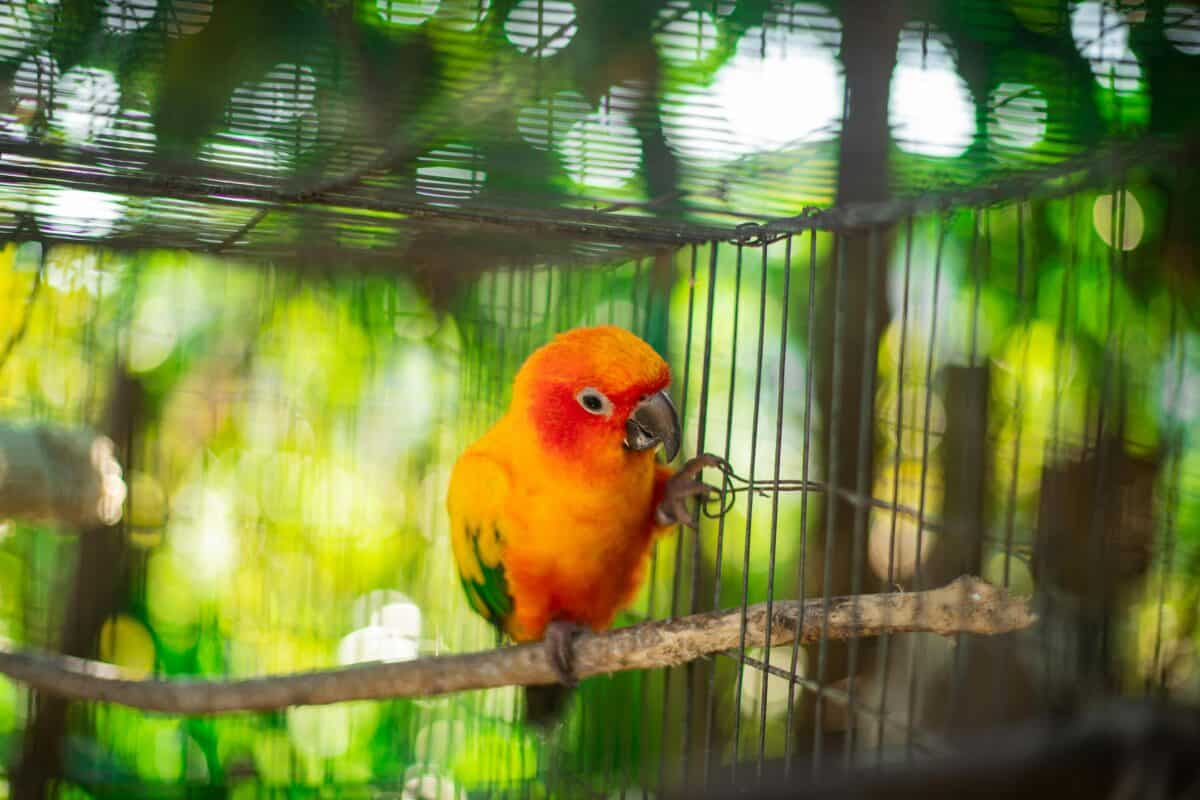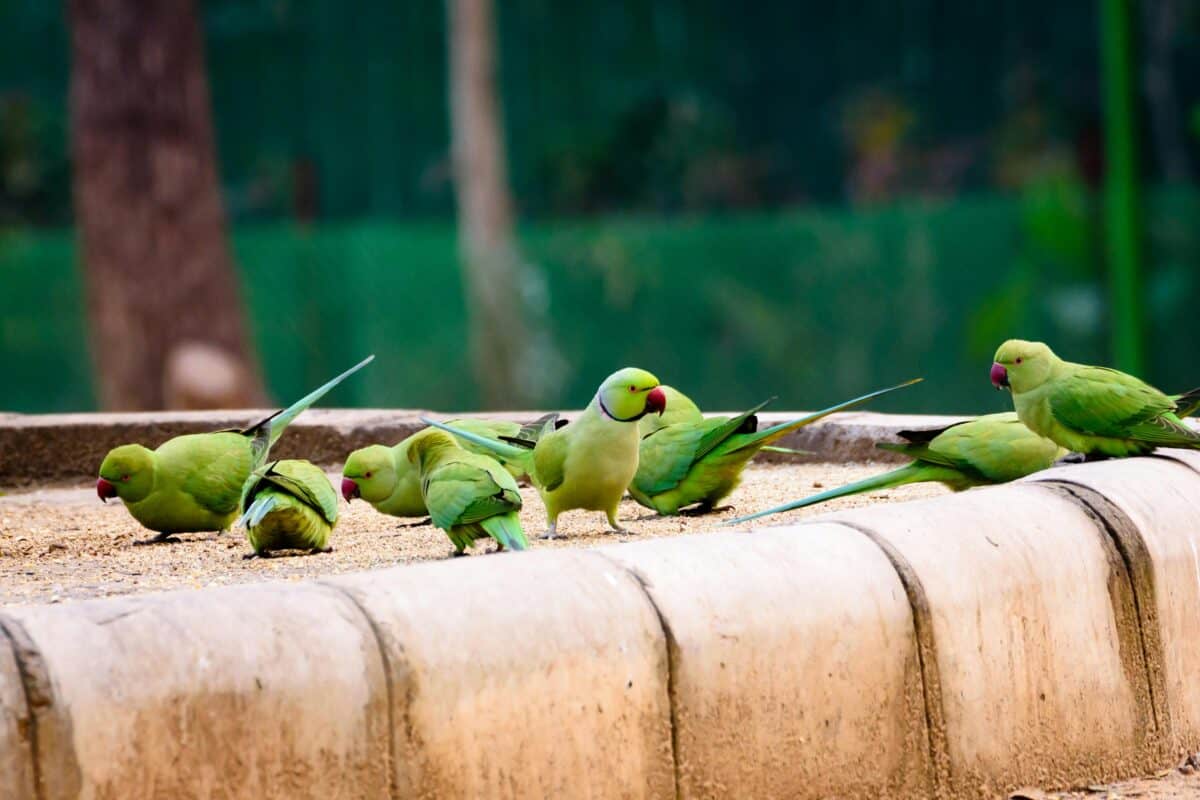In one of the stranger wildlife smuggling attempts this year, a 54-year-old man tried to walk across the U.S.-Mexico border with live parakeets crammed into his boots. The incident took place at the Otay Mesa Port of Entry in San Diego on April 29, 2025.
During routine questioning, U.S. Customs and Border Protection officers noticed something off—quite literally. The man’s gait seemed unnatural, and he appeared to be in discomfort. Upon inspection, officers discovered six orange-fronted parakeets, their feet bound and bodies stuffed into nylon stockings inside his boots. Another six birds were found hidden in the car’s seat cushions. Two of them were dead; the rest were dehydrated and visibly distressed.
Legal Nest of Trouble
The man now faces felony charges of wildlife smuggling, which could result in 20 years in prison and a $250,000 fine. Due to declining populations in their native habitats of western Mexico and parts of Central America, these particular parakeets (Eupsittula canicularis) have been protected under the U.S. Migratory Bird Treaty Act since 2005.
Federal prosecutors were quick to point out that such smuggling operations are not only cruel but also dangerous. Birds transported without proper protocols can carry avian diseases, including avian influenza, which poses a risk to native wildlife and poultry farms across the U.S.
A Sad Outcome for the Birds

Of the 12 parakeets seized, two were dead on arrival—one had a broken neck. The remaining birds were immediately taken to a federal wildlife rehabilitation center, where veterinarians began emergency treatment. According to wildlife officials, the chances of full recovery for the surviving birds depend on the extent of internal injuries and stress trauma from being confined in nylon and crammed into tight spaces for hours.
“Smugglers treat these animals like cargo,” said one federal wildlife officer. “They don’t care if the birds survive the journey—as long as they can make a profit.”
Why Parakeets?

You might be wondering: why would someone go through this much trouble for a few birds?
The orange-fronted parakeet, also known as the half-moon conure, is highly sought after in the exotic pet trade due to its bright plumage, social behavior, and ability to mimic sounds. On the black market, these birds can fetch hundreds of dollars apiece.
Wildlife smuggling rings often rely on desperate or unsuspecting individuals to act as couriers. It’s not uncommon for smugglers to use clothing, vehicle parts, or even body cavities to transport birds, reptiles, and small mammals across borders. Authorities believe this case may be linked to a larger trafficking operation based out of northern Mexico.
A Friendly Reminder
This incident is a grim reminder of the lengths people will go to profit from wildlife and the ongoing need for vigilance at our borders. Customs agents credited their training and instincts with spotting the man before more harm could come to the animals.
The surviving birds remain under care as federal investigators continue tracking the smuggling network behind the operation. Meanwhile, the suspect awaits trial in federal court.
- Spider Bites Florida Woman’s Face While Driving - August 10, 2025
- Bride Surprises Groom With Rescued Animals at Bachelor Party - August 7, 2025
- White Deer Duo Stuns Iowa Family on Backroad Drive - August 1, 2025

